The temperate forests of the Pacific Northwest are the Olympic athletes of the carbon world. They can store more carbon, acre for acre, than nearly any ecosystem on earth. A single acre of old growth in the Oregon or Washington Cascades holds the equivalent of a year’s worth of emissions from 250 cars.
But most standard, plantation-style commercial forests in the region perform like once-premier athletes sidelined by injury: they hold less than a third the carbon of old-growth stands. In the face of mounting pressure to reduce emissions, this shortfall offers an opportunity.
Sarah Deumling is one of a handful of foresters in the region harnessing more of the carbon drawdown potential of their land, modeling forestry for a rapidly warming world.

Sarah Deumling is one of a handful of foresters in the region harnessing more of the carbon drawdown potential of their land, modeling forestry for a rapidly warming world. Though she never attended forestry school, she has owned and managed Zena Forest—the largest remaining forest in Oregon’s Willamette Valley—for nearly three decades. Deumling’s unconventional training may be the reason Zena looks nothing like a typical logging operation, with a mix of tree species and ages, and an absence of clear cuts.
But the better returns for the climate come with a cost: it takes extra time and labor to manage Zena’s forests, discouraging most other foresters who might follow her lead. Shifting the Northwest’s forest industry to climate-friendly practices will require more than just good will.
The abridged carbon cycle of standard commercial forestry
Foresters in western Cascadia typically manage their stands at a quick clip—allowing about 45-year growth cycles between extractions. At harvest time, loggers usually clear cut, or heavily thin, leaving behind very few trees. Foresters clear cut forty to fifty percent of all commercially harvested acres in Oregon and Washington.
Each harvest cycle in a commercial operation resembles a breath—releasing and recapturing a steady carbon load. Carbon stores in these operations can remain relatively constant across cycles. But, when examined over the longer history of the forests, standard commercial operations bring to mind the frenetic and shallow pattern of hyperventilating. After a clear cut, forests need some 200 to 300 years to recapture their lost carbon. The quick clip of the harvest cycle in most commercial forest operations allows for only a partial refilling, less than one-third, of the forest’s full capacity between extractions.
After harvest, as much as 40 percent of the trees—the stems, needles, bark, roots, and other bits—remain on the forest floor, and, unlike in a more ecologically-managed forest, can become short-term emission sources. Commercial foresters commonly burn all this leftover debris, or else leave it in place to decompose rapidly without the protective canopy. Though these methods make way for new seedlings, they also damage the other carbon pools found in native forests—the squishy forest floor, living soil, and decomposing dead trees—which combined, commonly surpass the carbon stored in the logs hauled away.
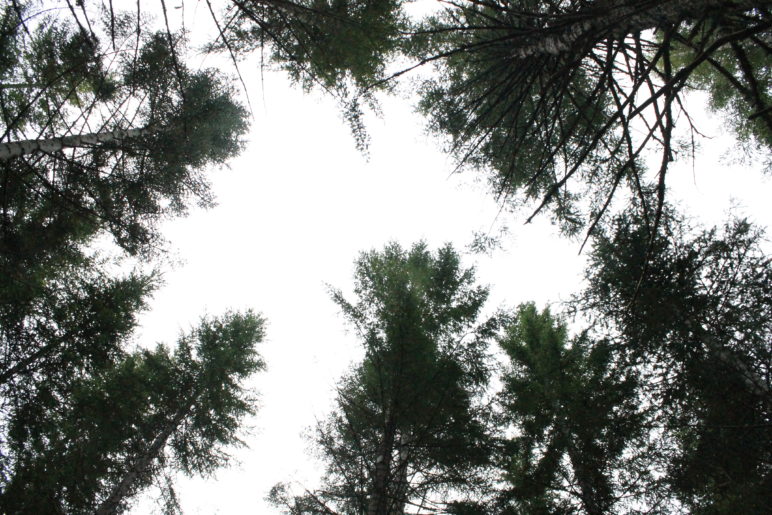
Extended growing cycles and selective harvests can double carbon drawdown compared with standard operations. Photo by Margaret Morales. Used with permission.
Charting a path for climate-conscious forestry
Time slows down in Zena Forest. Rather than the quick, 45-year metabolism of plantation forestry, Zena’s harvest cycles stretch to 80 years or more. As a result, Zena has trees far older and larger than any in standard working forests, each storing more carbon than the oldest tree in a standard operation.
Deumling also avoids clear cuts, despite their efficiency and cost reduction. Instead, she harvests individual trees throughout her 1,300 acres, felling the second-best trunk in each cluster, reducing competition for light and nutrients so the remaining trees can thrive. This continuous, careful culling takes time and an intimate knowledge of the forest, but results in a gradual increase in total growth while protecting and growing the carbon contained within the forest floor and soil.
Extended growing cycles and selective harvests can double carbon stores in Northwest working forests compared with standard operations, without compromising long-term timber production. Forests managed on an 80-year cycle, and that maintain even a modest, though constant, live tree cover, can hold 60 percent or more of the carbon of an old growth forest—twice as much as a plantation-style forest.
So long as we rely on trees for everything from paper towels to the frames of our homes, balancing carbon storage with wood production will be key to climate-smart forestry.
Green building with wood can complement, not replace, climate-smart forestry
Sarah lives in a small apartment above her son’s home. Her children built the space out of lumber from Zena, and the sturdy home will last for decades, or longer. But while it might seem as if wood products could serve as a new and limitless carbon storage pool, the vision of commercial forestry storing endless stocks of carbon in homes and furniture overstates the reality. No amount of wood framing can match a living forest.
At most, two-thirds of each standing tree ever makes it to the mill, with the rest left on the forest floor or below ground after harvest. Processors divide the harvested wood into a variety of products: mulch or fuel from the bark, the morning paper from pulp, the bookshelves lining your wall and and the framing of your home from the largest logs. Half the harvested carbon disperses during manufacturing and more decomposes after disposal.
All told, less than one quarter of the harvested carbon from all trees felled over the last century in Oregon’s commercial wood harvests remains stored in products or landfills today. Though this carbon pool could grow over time, it accumulates far more slowly than in a living forest.
More promising than carbon storage in wood products themselves is the potential for wood to replace other carbon-intensive building materials, like steel or concrete. But if ratcheting up harvests in plantation-style operations leads to more rapid loss of older forests, this could quickly negate the avoided building emissions.
In contrast, the longer rotations and selective harvesting of climate-conscious forestry could fuel more total growth, increasing wood supply in the long-term, while utilizing more of the carbon storage potential of the forestland.
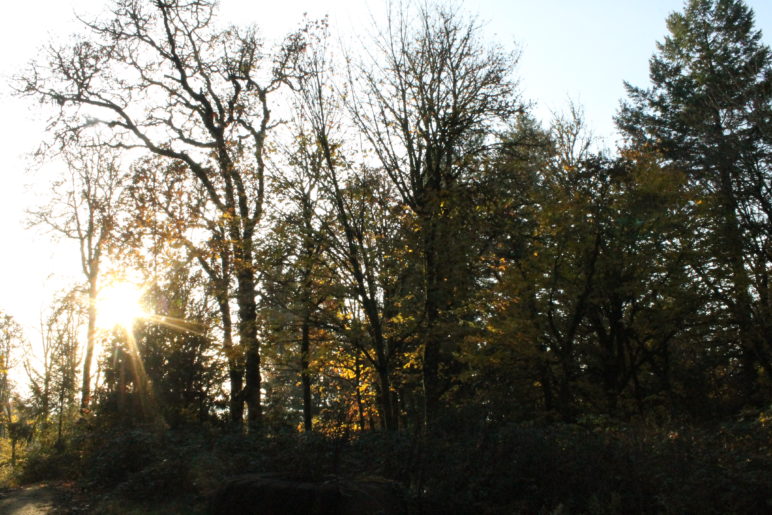
Paying foresters to store carbon could shift the economics, unleashing the untapped carbon drawdown potential. Photo by Margaret Morales at Zena Forest. Used with permission.
Facilitating the shift to climate-smart forestry
Every pathway to stabilizing global temperatures involves not only dramatic emission reductions, but also heavy reliance on removing carbon from the atmosphere. So far, forests remain the most reliable and economical means of carbon drawdown. And foresters in the Pacific Northwest manage one of the most powerful ecosystems for achieving this sequestration.
But Deumling readily admits that managing Zena for carbon storage has not been easy. The care required for selective harvesting costs time as well as money. And she often receives little price premium for her wood, despite the fact that it has Forest Stewardship Council certification, the gold standard in sustainable forest products worldwide.
As Deumling nears retirement, she plans to hand the business on to her son, Ben. Like his mother, Ben believes in managing Zena as a living ecosystem, with twin goals of timber harvest and carbon capture. But as a father of two, he fears that the income from Zena won’t support his family. Good will doesn’t pay the bills.
Every pathway to stabilizing global temperatures involves not only dramatic emission reductions, but also heavy reliance on removing carbon from the atmosphere. So far, forests remain the most reliable and economical means of carbon drawdown.

Paying foresters to store carbon could shift the economics, unleashing the untapped potential of Northwest forests to combat rapidly rising temperatures. Such a program may be particularly timely as the United States faces a historic economic shock that may hit rural communities particularly hard. A federal forest carbon incentive (FCI) program could pay forest owners who choose to manage with climate-smart techniques, thereby generating new revenue streams and fueling job growth in rural areas while supporting climate progress. The World Resources Institute estimated a federally-funded US forest restoration campaign with an annual budget of $4.5 billion could create some 150,000 new jobs per year across the country.
Incentive payments for land restoration already enjoy bipartisan support in Congress, and several members from both sides of the aisle recently endorsed tree planting as a common-sense carbon capture tactic.
In a future article, I’ll outline principles for designing a program that is both accessible to family forest owners like Sarah and Ben—who collectively steward over 60 percent of private forestland in the United States—and achieves meaningful climate benefits.
Data on clear cutting estimates in Oregon and Washington from:
Palmer, M., O. Kuegler, and G. Christensen. 2018. Oregon’s forest resources, 2006–2015: ten-year Forest Inventory and Analysis report. USDA Forest Service, Pacific Northwest Research Station, Portland, OR. PNW-GTR-971. 54 pp. https://www.fs.usda.gov/treesearch/pubs/57274
Palmer, M., O. Kuegler, and G. Christensen. 2019. Washington’s forest resources, 2007–2016: ten-year Forest Inventory and Analysis report. USDA Forest Service, Pacific Northwest Research Station, Portland, OR. PNW-GTR-976. 79 pp. https://www.fs.usda.gov/treesearch/pubs/58048
Thanks to Sarah and Ben Deumling for sharing their story in November, 2019, and reviewing a draft of this article.
Thanks also to Andrew Gray, research ecologist at the Forest Service, for help interpreting Forest Inventory Analysis data, Dr. Mark Harmon, professor at Oregon State University’s College of Forestry, for reviewing a draft of this article, and to Northwest Natural Resource Group. And gratitude to editor Nisha Balaram.

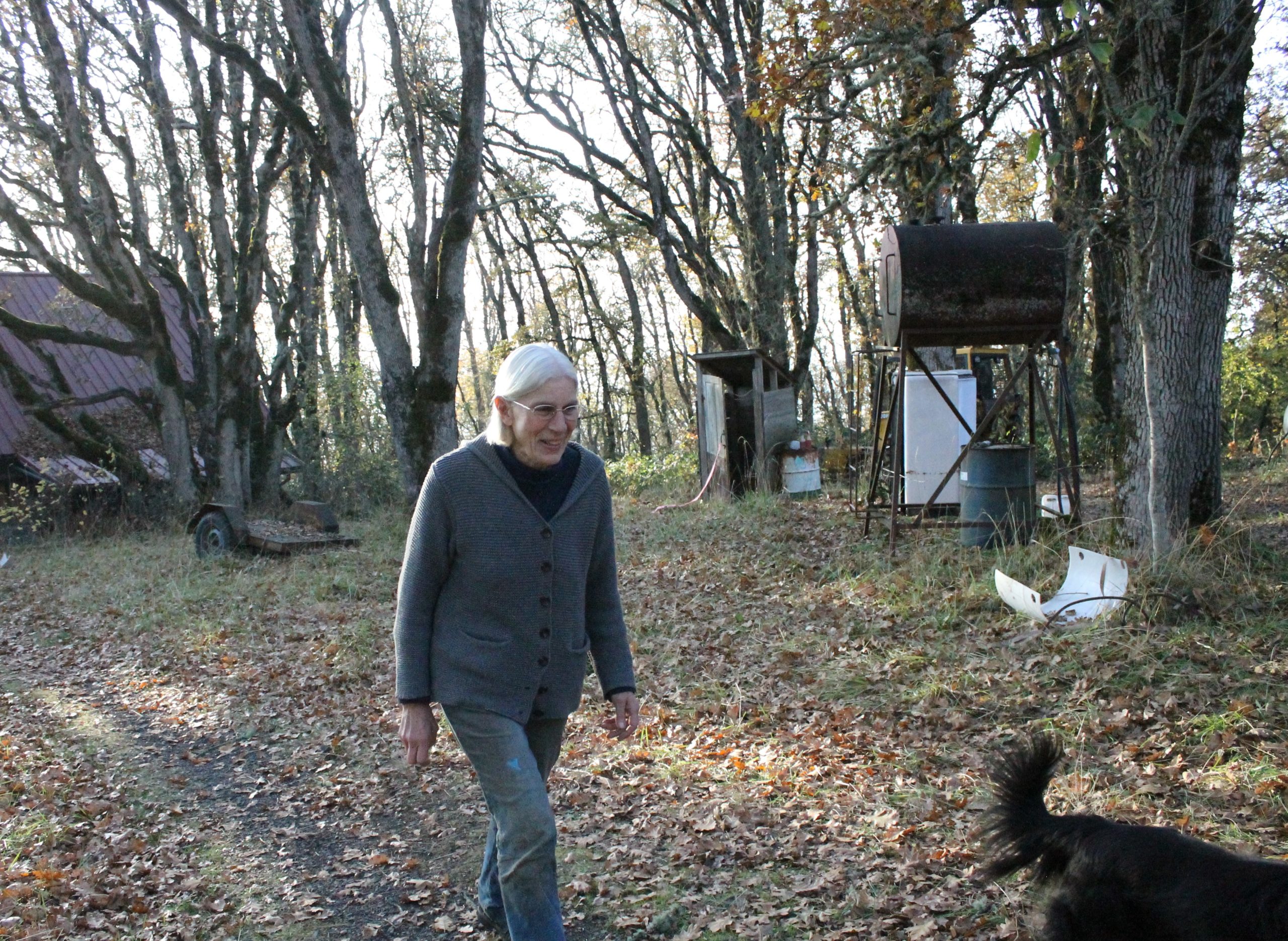
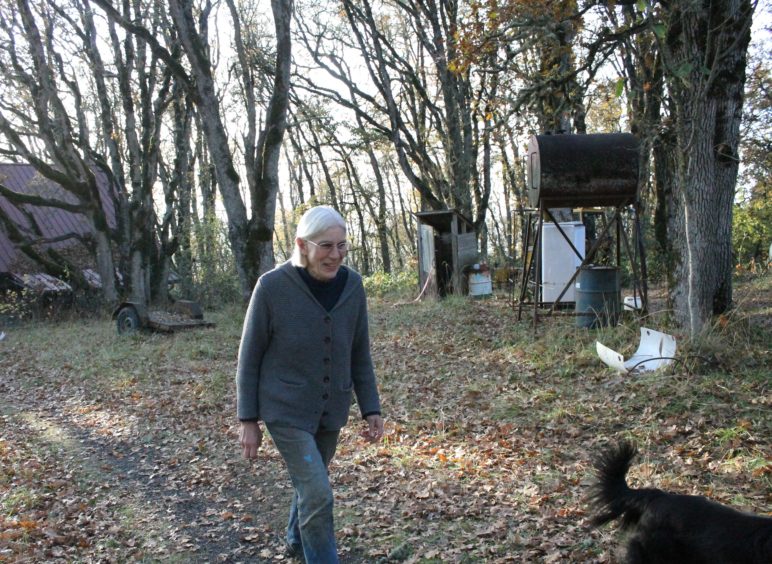




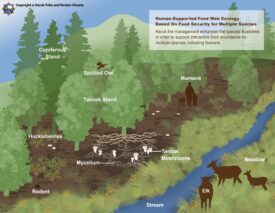
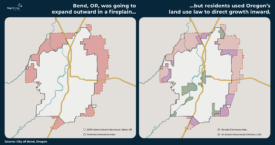



Dave Corkran
Nice work. You might want to look at group selection harvesting on the Hyla Woods forests of Peter and Pam Hayes to see if that technique would have similar or different carbon sequestration effects, Hyla Woods (3 forests) is on an 80 year rotation.
Josey
Excellent story. Thank you.
The idea that substituting wood for concrete is timber-industry propaganda. Concrete certainly has a very large carbon footprint, but the industry studies miss one key point: carbonation. After concrete is poured, it begins sequestering CO2 from the atmosphere. From 1930 to 2013, 43 percent of concrete’s original carbon footprint has already been eliminated.
And newer techniques for making concrete can greatly reduce the carbon footprint of its production.
https://scholar.harvard.edu/files/zhu/files/ngeo2840.pdf
Peter Hayes
Thanks to Margaret and Sightline for this important and well done piece.
And thanks to Dave for the comment above. A quick correction seems in order – In the Hyla Woods forests we have swapped out the constraint of rotation ages and replaced them with a focus on growing trees as long as they are vital, and creating and maintaining regenerative conditions throughout the forests – while generating sufficient economic return.
Steve Erickson
Almost all of the primary approaches for improving forest Carbon storage in so-called “industrial” forests – longer rotation ages, minimization of soil/duff disturbance, larger areas that are not disturbed (i.e. riparian reserves) – have been advocated for decades for environmental and ecological reasons. And they have been ferociously resisted by the industry. This intransigence is unlikely to be overcome except through improved regulation. Every modern environmental and ecological improvement in logging in the PNW has been the direct result of regulation, whether directly by legislation or indirectly through judicial interpretation. Aquatic, riparian and steep slope protection? What improvement there has been has occurred only through legislation and lawsuits.
This has been Hilary Franz’ great failure as Washington’s Commissioner of Public Lands. While her efforts at the “big picture” issue of Carbon sequestration has been admirable, the Washington Forest Practices Act is still the same convoluted mess that serves to protect industrial rapage (can you say Oso) as much as so-called “public resources.” And the Department of Natural Resources is still the same industry captured agency it has always been, where enforcement of even the minimal environmental legal standards required is rare and usually requires an exhausting effort by the few non-federal forest activists in Washington that have not just given up. And when local jurisdictions make any attempt to impose environmental standards in rapidly developing areas DNR vehemently resists, using the legal fiction that 10-40 acre ex-urban and suburban clearcuts are not a prelude to development.
Franz could really make her legacy by proposing reform of the Forest Practices Act, including integration with the Growth Management Act as the Shoreline Management Act has now been. She will likely have another four years as Lands Commissioner. She should use this time to also focus on reforming the agency she runs and the laws that it operates under.